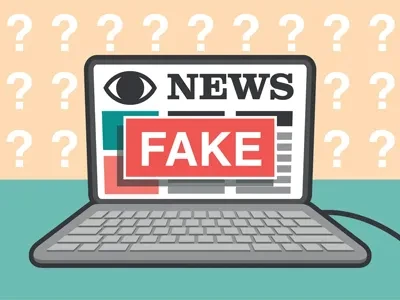Vacuum packaging is a relatively safe method of packaging, but there are some situations to be aware of.
Advantages of vacuum packaging
► Inhibits microbial growth
Vacuum packaging creates a low-oxygen or anaerobic environment by removing air from the package. Most aerobic microorganisms have difficulty growing and reproducing in this environment. Because these microorganisms require oxygen for respiration in their growth and metabolic processes, without oxygen, their growth rate will slow down significantly or even stop.
This is very effective in extending the shelf life of food, such as meat, fish and other perishable foods, the use of vacuum packaging, shelf life can be extended from the original days to weeks.
► Preventing oxidative reactions
Many ingredients in food, such as fats and vitamins, are susceptible to oxidation reactions with oxygen in the air. Take oil and fat as an example, in an aerobic environment, oil and fat will undergo oxidation and rancidity, resulting in unpleasant odours and harmful substances. Vacuum packaging can effectively isolate oxygen and prevent these oxidation reactions from occurring. For example, if the nuts are not vacuum-packed food, the oils and fats will quickly oxidise, which not only affects the taste, but also reduces the nutritional value.
► Physical protection
Vacuum packaging materials generally have a certain strength and toughness, can play a physical protection of the product. It can prevent the product in the transport and storage process by extrusion, collision and other mechanical damage. For example, for some fragile food products, such as crisps, vacuum packaging can reduce the movement and collision of crisps inside the bag, reducing the risk of breakage.
Possible safety risks of vacuum packaging
► Growth of anaerobic microorganisms
Although vacuum packaging can inhibit the growth of aerobic microorganisms, some anaerobic microorganisms (e.g. Clostridium difficile, some harmful strains of lactic acid bacteria, etc.) are able to grow and multiply in an anaerobic environment instead. If the food has been contaminated by these anaerobic microorganisms before packaging, they may proliferate after vacuum packaging, leading to food spoilage.
► Quality of packaging materials
If vacuum packaging materials do not meet food safety standards, there may be a risk of migration of harmful substances. For example, some low-quality plastic packaging materials may release plasticisers and other chemical substances during long-term storage, which are potentially harmful to the human body when they enter the food.
► Packaging breakage
Vacuum packaging may break during transport, handling or storage. Once the package is broken, air enters the bag, the protective effect of the vacuum packaging will be lost, and the food is susceptible to microbial contamination and oxidative deterioration. Moreover, it is difficult for consumers to judge whether the package has been broken from the appearance, which increases the risk of food safety.












